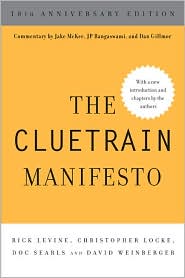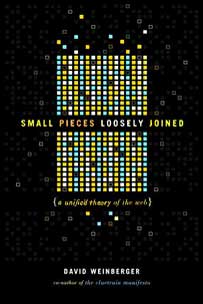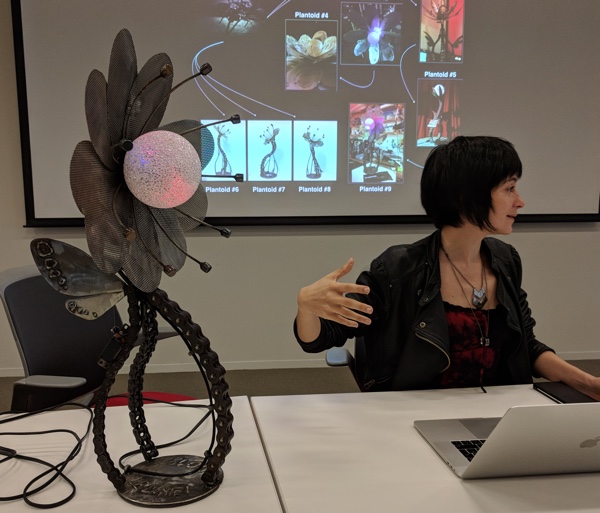February 25, 2023
Trial by Fitbit
I watched some of the cross examination of Alex Murdaugh who is on trial for brutally murdering his wife and son — I’m a lawyer voyeur, as well as a reader of Bob Loblaw’s Law Blog — and happened to come in as the prosecution was pinning Murdaugh down with step-and-time data from Murdaugh’s cell phone. Sample:
8:05:35-8:09:52 p.m.: Alex Murdaugh’s phone records 54 steps.
8:05:46-8:15:24 p.m.: Paul Murdaugh’s phone records 303 steps.
8:06 p.m.: Paul’s phone begins moving from the kennels to the main house.
8:07:20 p.m.: Paul Murdaugh sends a Snapchat message to several friends.
8:09-9:02 p.m.: Alex’s phone records no steps, indicating he was not moving with the phone in his possession. He later told investigators he was sleeping during that time.
8:11:08-8:31:15 p.m.: Maggie Murdaugh’s phone is locked.
8:14-8:35 p.m.: Paul Murdaugh’s phone puts him at the main house.
8:15:55-8:21:45 p.m.: Paul’s phone records 140 steps.
8:17-8:18 p.m.: Maggie Murdaugh’s phone records 38 steps taken.
Note to self: The next time I plan on criming, leave my mobile phone at home watching PBS.











